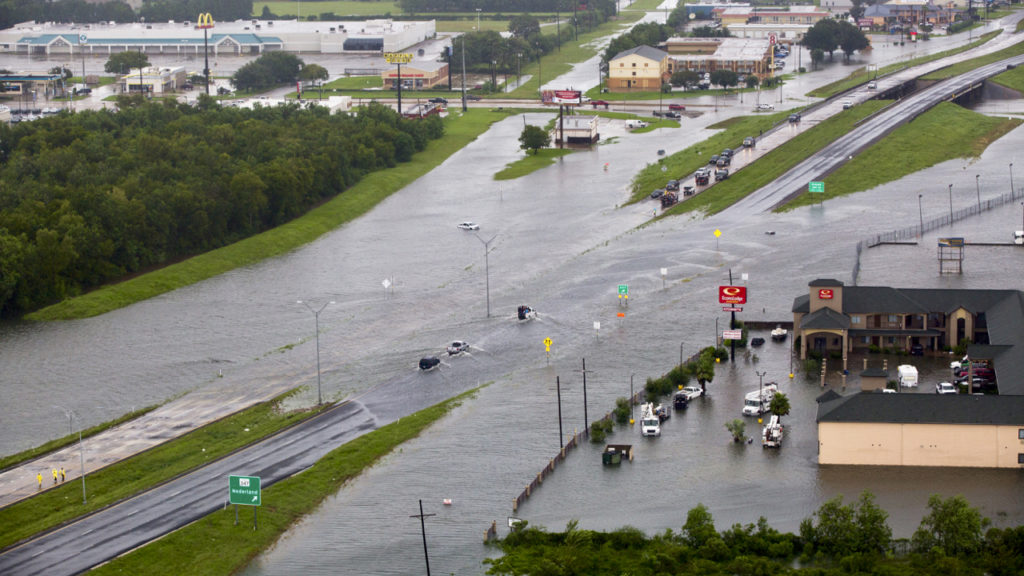Texas coast, border regions brace for Tropical Storm Hanna

Tropical Storm Hanna will bring heavy rains, as well as the potential for some flooding, high winds and storm surges across South Texas, according to the National Hurricane Center (NHC).
Hanna will likely hit the Texas Gulf Coast sometime on Saturday. The NHC has issued a tropical storm warning for parts of South Texas and the Rio Grande Valley, which includes international gateways such as Port Laredo and the Pharr-Reynosa International Bridge.
Tropical Storm Hanna could affect commercial truck traffic across Texas, said Matt Silver, chief executive officer of cross-border freight tech firm Forager.
If Hanna dumps heavy rains and produces high winds, “that will slow down transit times,” Silver said.
Tropical Storm Hanna is not expected to cause the catastrophic damage such as Hurricane Harvey produced in Houston in 2017, or the widespread flooding across southeast Texas caused by Tropical Storm Imelda last September.
“Hanna will not cause long-term, major flooding, but persistent heavy rainfall could lead to localized flash flooding and roadblocks along the coast and in some inland areas,” according to Nick Austin, FreightWaves director of weather analytics and senior meteorologist.
“Rainfall totals of 8 to 12 inches are possible in southern Texas, while parts of the upper Texas coast into southwestern Louisiana could see up to 6 inches,” Austin said.
While Hanna’s trajectory has shifted south of Houston, officials at Port Houston said they will continue to monitor the storm.
Port Houston is one of the country’s busiest ports and plays a key role in the oil, gas, petroleum and chemical industries.
“We are working with local agencies and keeping abreast of any road closures and any other responses to a weather emergency,” said Lisa Ashley, a spokesperson for Port Houston. “At this time, no evacuations or road closures have been announced [at Port Houston].”
Ermilo Richer III, executive director of Laredo-based cross-border customs broker Richer, said he’s concerned with the storm affecting road conditions on both sides of the U.S.-Mexico border.
“On the U.S. side, we have good infrastructure, good roads in general,” Richer said. “But if the storm turns a little bit south and starts going towards Monterrey, Mexico, which happens once every two, three years, that could be a problem for trucks.”
Richer said across the border in northern Mexico the infrastructure is not as reliable.
“Between Laredo to Monterrey, there’s some creeks on the highway that flood, and they have to shut down those roads, sometimes for a day or two,” Richer said. “We’ll just have to wait and see what happens.”
Read full story: FreightWaves
